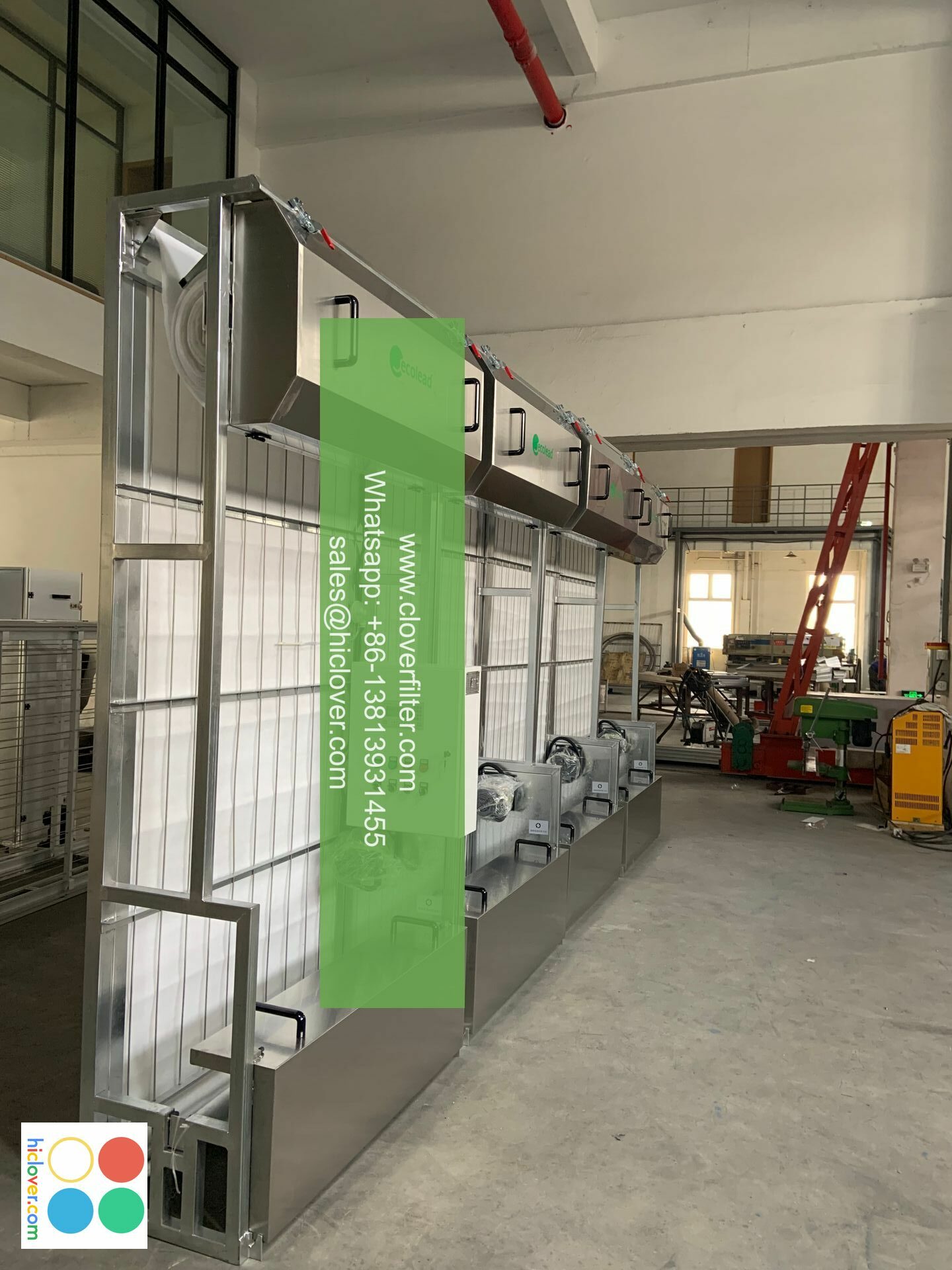The Science Behind Electrostatic Filters: How They Work

The Science Behind Electrostatic Filters: How They Work
What are Electrostatic Filters?
Electrostatic filters are devices that use the principles of electrostatic attraction to remove impurities and contaminants from air, liquids, or gases. They work by attracting particles with opposite electrostatic charges, allowing clean air or liquid to pass through while capturing the unwanted particles. This technology has gained popularity in various industries, including healthcare, pharmaceuticals, and manufacturing, due to its high efficiency and minimal maintenance requirements.
The Science Behind Electrostatic Filters
The science behind electrostatic filters relies on the principle of electrostatic attraction, also known as the Coulomb’s law. When a charged object is brought close to a grounded object, it attracts particles with opposite charges, causing them to stick to the filter. In electrostatic filters, a corona discharge or a high-voltage electrode creates a localized electrical field that ionizes the surrounding air, allowing the filter to attract and trap particles.
How Electrostatic Filters Work
The process of electrostatic filtering involves the following steps:
- Air or Liquid Flow: Air or liquid is introduced into the filter, carrying with it impurities and contaminants.
- Electrostatic Charging: A high-voltage electrode or corona discharge creates an electrical field that ionizes the air, allowing the filter to attract and trap particles.
- Particle Attraction: Particles with opposite charges are attracted to the filter, sticking to its surface.
- Collection: Clean air or liquid flows through the filter, leaving the impurities and contaminants behind.
Applications of Electrostatic Filters
Electrostatic filters have numerous applications across various industries, including:
Healthcare:
- Surgical suites and hospitals: to prevent airborne pathogens from spreading and ensure a clean operating environment.
- Ventilation systems: to capture airborne particles, bacteria, and viruses, reducing the risk of infection.
Pharmaceuticals:
- Cleanroom environments: to maintain a high level of cleanliness and minimize particle contamination during production.
- Processing and packaging: to ensure product purity and minimize the risk of contamination.
Manufacturing:
- Electronics and semiconductors: to capture dust, moisture, and other contaminants that can damage sensitive equipment.
- Food and beverage: to remove airborne particles and contaminants that can affect product quality and safety.
Key Benefits of Electrostatic Filters
Electrostatic filters offer several benefits, including:
- High efficiency: up to 99.9% particle removal efficiency
- Minimal maintenance: low maintenance requirements reduce downtime and operational costs
- Versatility: suitable for use in a variety of applications, including air and liquid filtration
Conclusion
Electrostatic filters have become an essential tool in various industries, providing an effective means of removing impurities and contaminants from air, liquids, and gases. By understanding the science behind electrostatic filters, manufacturers can design and deploy effective filtration solutions that meet specific application requirements. Whether used in healthcare, pharmaceuticals, manufacturing, or other industries, electrostatic filters are an important component in maintaining clean and safe working environments.
I’m ready! What would you like to talk about or generate?


